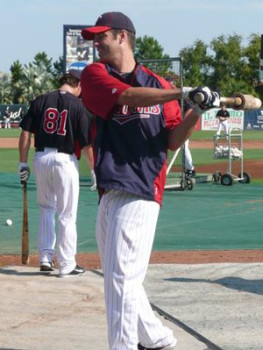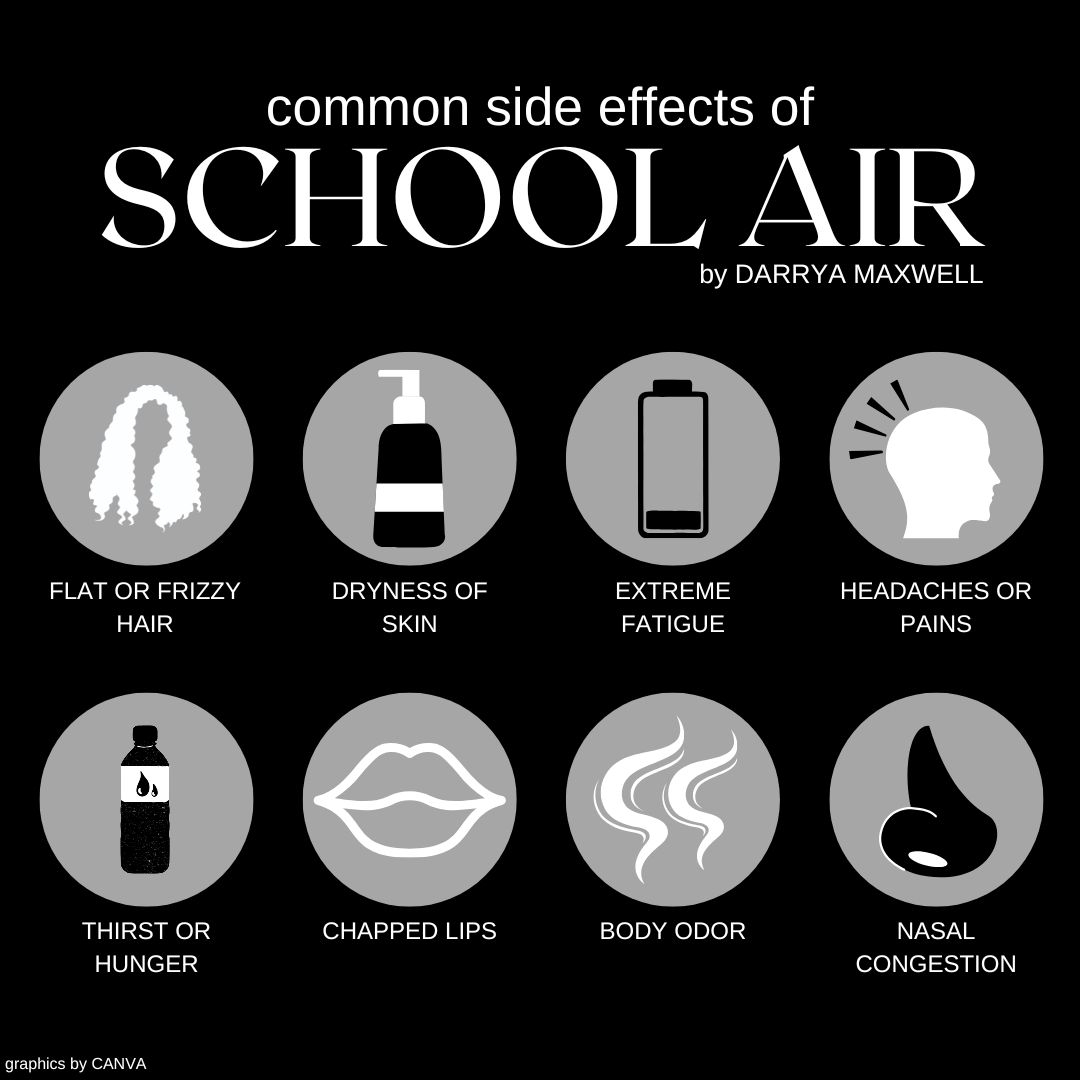A utopia of a palm trees creates a lined path, leading up to the stadium from the parking lot. Fans might guess they’re at a resort while they enter through heavenly gates found on either side of a waterfall fountain display. Historic plaques of the inductees into the Professional Baseball Scouts Hall of Fame are fastened to brick on the wall inside. Yet, they’re fooled once they notice the inside lacks the splendor of the outside, both in design and scenery. Instead of luscious greenery, shiny aluminum bleachers are the main décor. This “resort” is no other than Hammond Stadium, located in Fort Myers, Florida: home of Spring Training for the Minnesota Twins, until they head north to play home games at Target Field.
From the beginning of February until April, previous teammates and new recruits join together to improve their skills and play the game they all love, baseball. This is an opportunity for the Minnesota Twins to bring talent together and for coaches to evaluate individuals to create a team. New players are optimistic, hoping their hard work pays off. A series of practices and “games” prior to the start of the regular season help professional Scouts make their decision about who will be lucky enough to a Minnesota Twin.
Spring Training started off rocky for the Twins when Joel Zumaya, a 27-year-old reliever, tore his ulnar collateral ligament in his right elbow and is now finished for the 2012 season. “We have high hopes for this season, despite injuries” explains Jack Nelson, Coordinator of Spring Training Community Relations for the Minnesota Twins. It’s still unclear what the Twins first baseman, Justin Morneau, will be able to do after suffering multiple concussions in the previous season. Nelson and the Twins remain optimistic, stating that, “With a good attitude, and good health anything is possible”.
Throughout Spring Training it is not surprising the Twins display the stereotype “Minnesota Nice”. This idea revolves around giving back to the community, as well as picking players. “Our ideal player demonstrates a high skill level for Major League Baseball, in addition to playing how the twins play—as a team.” Nelson clarifies, understanding the teammates are not just baseball players, but role models for children and fans everywhere.
Spring Training is perhaps the most exciting time for baseball junkies. Many travel to warmer climates in hope of escaping the arctic tundra of Minnesota to enjoy the weather and to watch their favorite team, the Minnesota Twins. “The Twins have a strong commitment to the community” Nelson said, “we raised a quarter of a million dollars in 8 weeks by orginizing youth clinics, volunteering at nursing homes and hospitals, as well as our spring caravan. We also raised $17,000 for local charities this year.” Spring Training isn’t all about baseball; it’s about giving back to the fans that help carry the team season after season.































